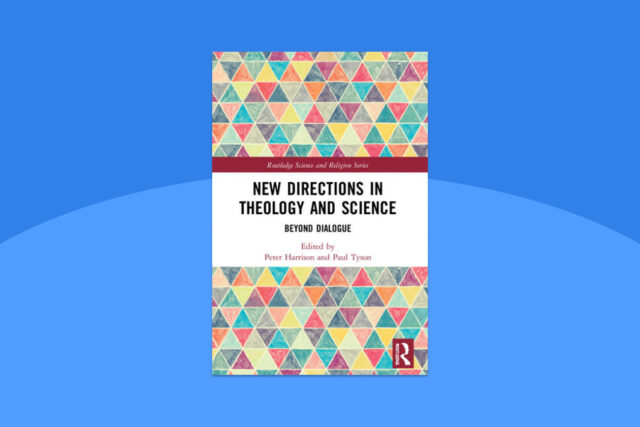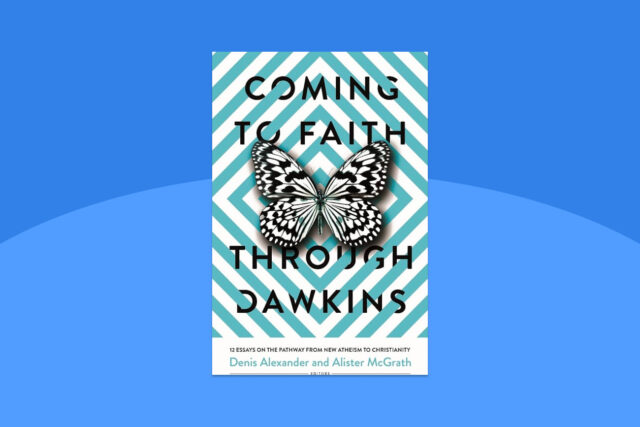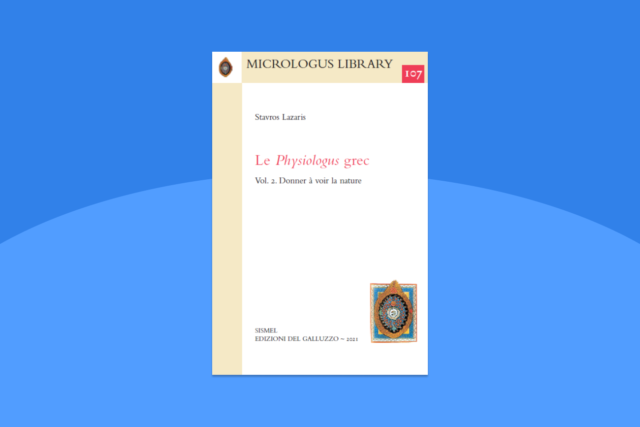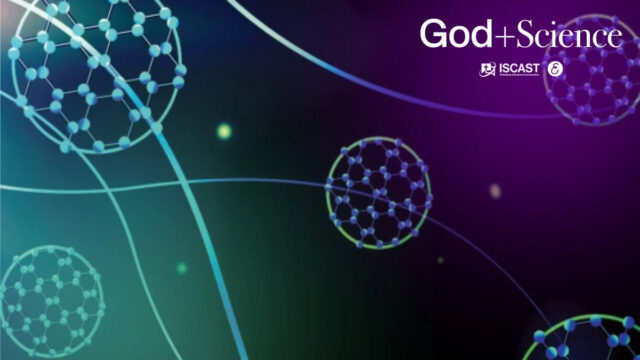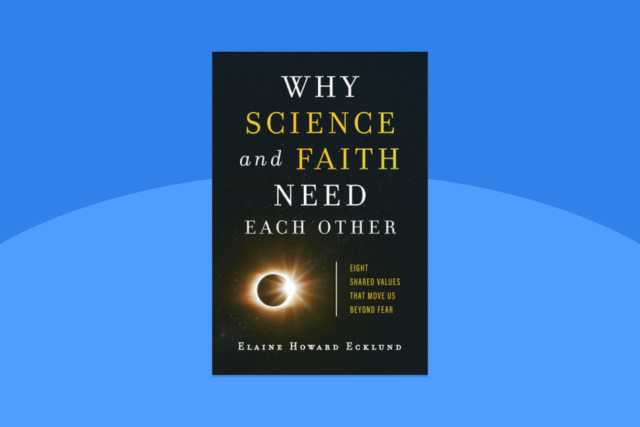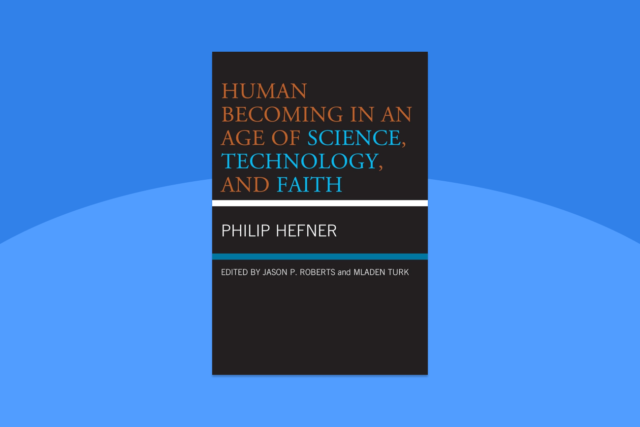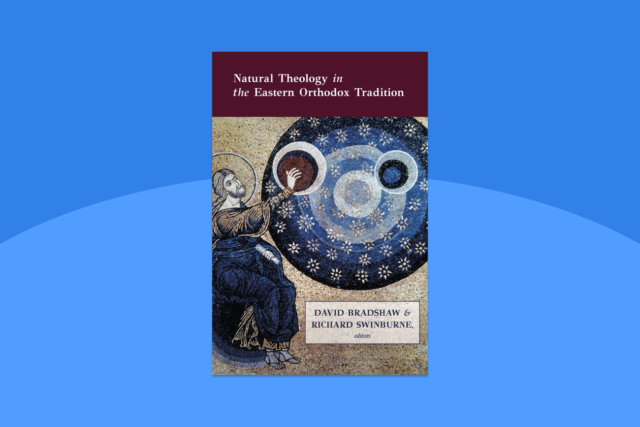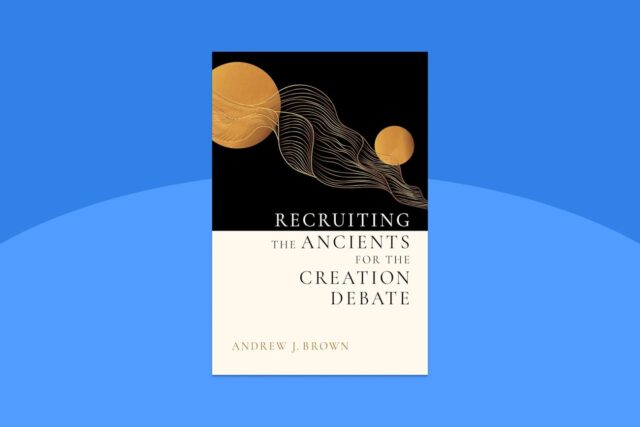
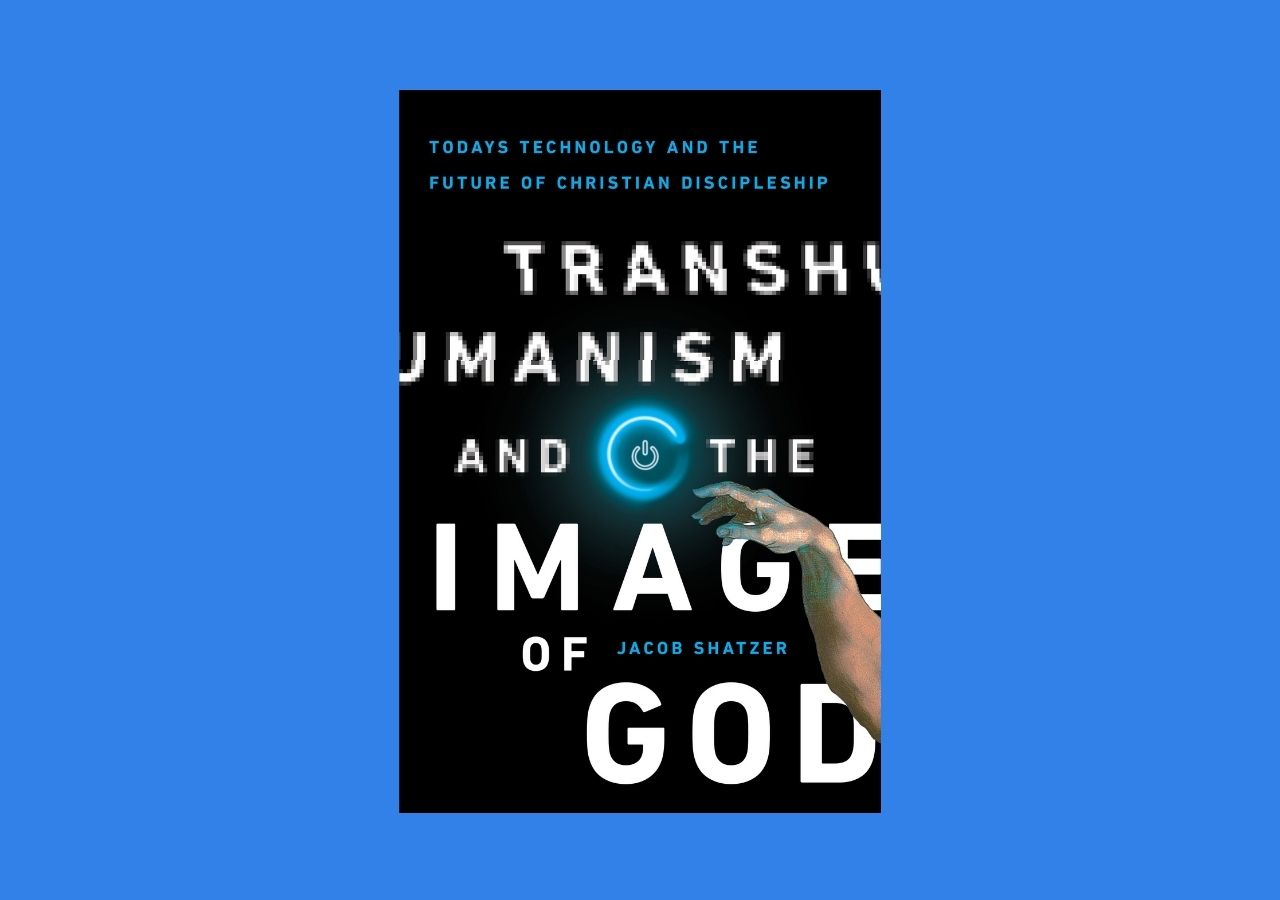
Reviewed by Andrew Sloane, January 2022.
Downers Grove: IVP Academic, 2019
ISBN 0830852506, paperback, 192 pages, AUD$34-37
Many people would see Transhumanism, if they’ve heard about it at all, as a fringe movement populated by weird technophiles and people (like me) who’ve never outgrown their adolescent passion for science fiction. Even those with a more than passing knowledge of it generally see it as an extreme, almost cult-like phenomenon that has little real-world impact, and few, if any, serious implications for Christian discipleship. In this book Jacob Shatzer (Assistant Professor and Associate Dean in the School of Theology and Missions at Union University) seeks to introduce a general Christian audience to the world of transhumanism and, perhaps more to the point, show how current technologies and their likely near-future developments reflect transhumanist ideals and make the attaining of those ideals more plausible (and possible).
The book is well-constructed and clearly arranged, and makes a helpful contribution to critical engagement with technology.
The introduction does a fine job of doing what an introduction ought to do: it engages our attention and outlines the argument of the book. Chapter 1, Technology and Moral Formation, picks up where the introduction leaves off, presenting a more substantial account of how technologies and the forms of life associated with them shape us as moral agents. Eight substantive chapters follow, falling into two main sections. The first section deals with transhumanism: 2 What Is Transhumanism?; 3 My Body, My Choice: Morphological Freedom; 4 The Hybronaut: Understanding Augmented Reality; 5 Meeting Your (Mind) Clone: Artificial Intelligence and Mind Uploading. The second section addresses current technologies and how we should critically engage with (and disengage from) them for the sake of discipleship: 6 What Is Real? Changing Notions of Experience; 7 Where Is Real? Changing Notions of Place; 8 Who Is Real? Changing Notions of Relationships; 9 Am I Real? Changing Notions of the Self. The book closes with a Conclusion: The Table, in which the author reflects on particular practices that he believes will help us faithfully navigate the technological and cultural landscape that lies before us.
Space precludes even a summary of his key contentions, let alone an analysis, so I will confine myself to identifying a few important contributions Shatzer makes, as well as pointing out some weaknesses and limitations in the book.
It is important to keep Shatzer’s primary goals in mind: critically introducing the key tenets of transhumanism, and demonstrating the ways we are being shaped in line with transhumanist goals (and suggesting ways we might become alert to that [mal-] formation and enact strategies and practices that might resist it). He does not intend to give an exhaustive introduction to transhumanism, nor a comprehensive theological account and critique of it. Nor does he aim to present a social and theological appraisal of current and emerging technologies. Rather, he seeks to equip Christians to engage faithfully with those technologies in light of what he sees as their fostering of transhumanist ideals and their impetus towards transhumanist goals. His aim is, in short, to foster critical discernment for the sake of Christian discipleship, a goal he largely achieves.
Shatzer’s opening reflection on time and the history of timepieces, while seemingly unrelated to transhumanism, is an effective introduction to key themes that underlie any sound analysis of technology and human society: it helps us see the way that technology is far from neutral: while a product of humans and human culture, it shapes both our culture and us as persons. Using something as ubiquitous and commonplace and seemingly trivial as clocks provides a good introduction to that key contention, which, when brought to bear on transhumanism and digital technologies, leads well into the central thesis of the book: “I argue that Christians must engage today’s technology creatively and critically in order to counter the ways these technologies tend toward a transhuman future.” While there are aspects of what follows that are open to question, this is a largely helpful introduction to the issues.
Of equal value is the way that autonomy and the desire for unfettered control permeate his discussion of both transhumanism and the technologies he addresses. It is easy for us to be blind to the pervasive influence of these deeply embedded features of 21st century techno-capitalism and western-influenced cultures. Shatzer’s consistent exposure of their presence serves to (re) awaken our critical faculties and so, please God, help us resist their malforming effects.
It is not, however, a flawless book. His use of concepts and terminology can be idiosyncratic (as, for instance, in his understanding of transhumanism and its relationship with posthumanism), and some of his claims, and the arguments that support them, need more work. Moreover, his is a largely negative assessment of the technologies he assesses. While he makes some good points, I would have liked to have seen clearer discussion of the ways that these technologies can be “disciplined” towards ends that foster human flourishing and might contribute to Christian discipleship. For instance, online multi-player gaming platforms and the virtual “communities” that form around them can and have been used as vehicles for discipleship. And, since the advent of COVID-19, the possibilities of live-streaming and online interaction have become apparent. To be fair, the book was published in 2019, and much has changed in the life of the church in those few years, but some of the possibilities antedate the pandemic.
Perhaps more importantly, critical engagement with technology with a view to Christian discipleship needs to do more than criticise and suggest disciplined patterns of abstinence (useful as these may be). It needs to recognise potential and, as Andy Crouch has persuasively argued, engage in positive forms of culture-making so as to create cultural products that positively form people and their communities (see Culture Making, Downers Grove: IVP, 2008). While one book can only do so much, I would have liked to have seen some clearer nods in these directions.
It is also puzzlingly less well-integrated than it should be. There are a number of threads left dangling in individual chapters that could—and should—have been woven through other chapters and, in some cases, through the book as a whole. For instance, while Shatzer notes the ways that market forces are in play in social media contexts, he does not bring that to bear on other technologies, such as body-morphing. Perhaps of more significance is his failure to bring his discussion of the profound embodiment of human cognition to bear on his treatment of uploaded consciousness. And there are other instances. These, along with simple repetition of key quotes on a number of discrete occasions gives the book a piecemeal feel. An obvious point of integration would be to bring theological anthropology into the discussion. There are passing references to embodiment, the Incarnation, the Fall, and the like (e.g., in Ch. 6), but no sustained treatment of the topic—which is surprising given the title of the book: Transhumanism and the Image of God. Perhaps discipleship was meant to serve that function (if so, should it have been in the title?); but his discussion of discipleship is largely topical rather than integrative, lending to the piecemeal feel of the book.
Even so, this is a useful book and worth reading. Those who are familiar with transhumanism and/or the critical analysis of technology may learn something; they may also find a provocative conversation partner. And those who aren’t, will find a useful guide to the strange world inhabited by technophiles and us post-adolescent sci-fi junkies.



